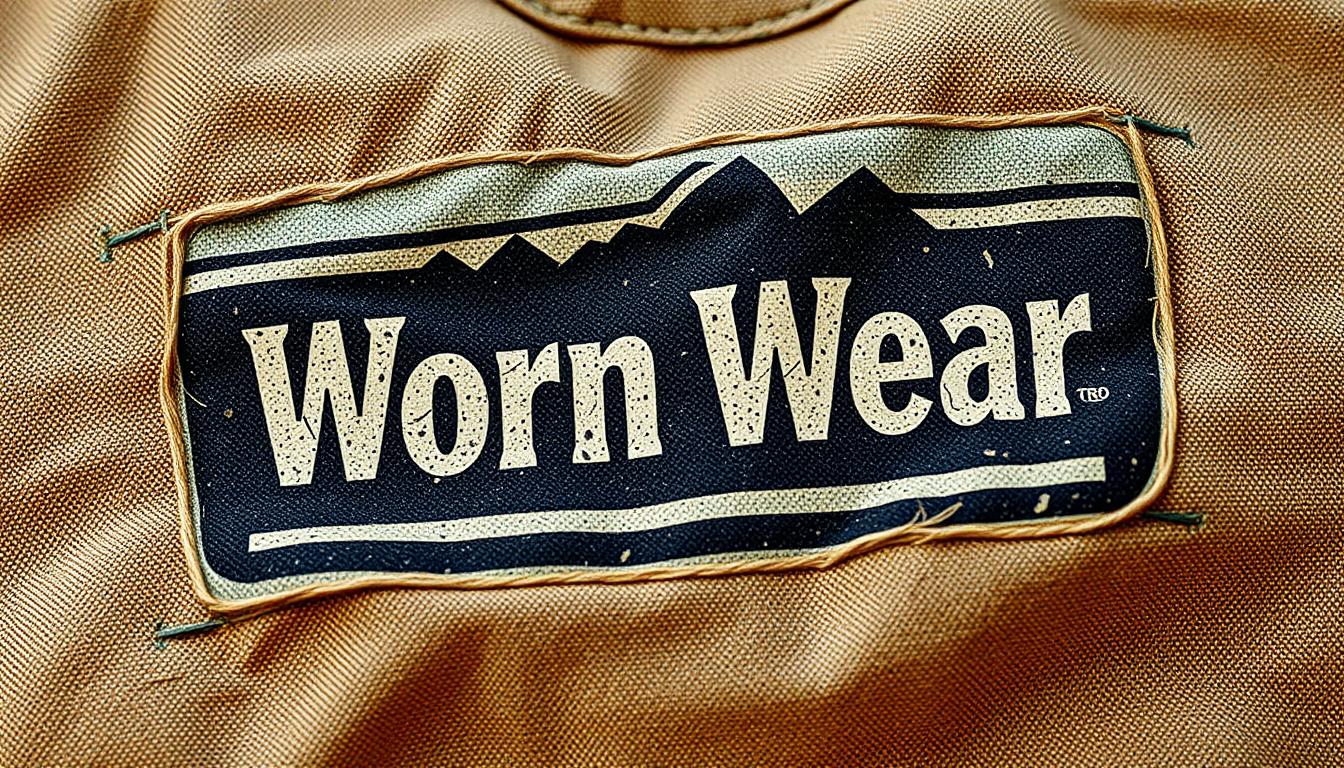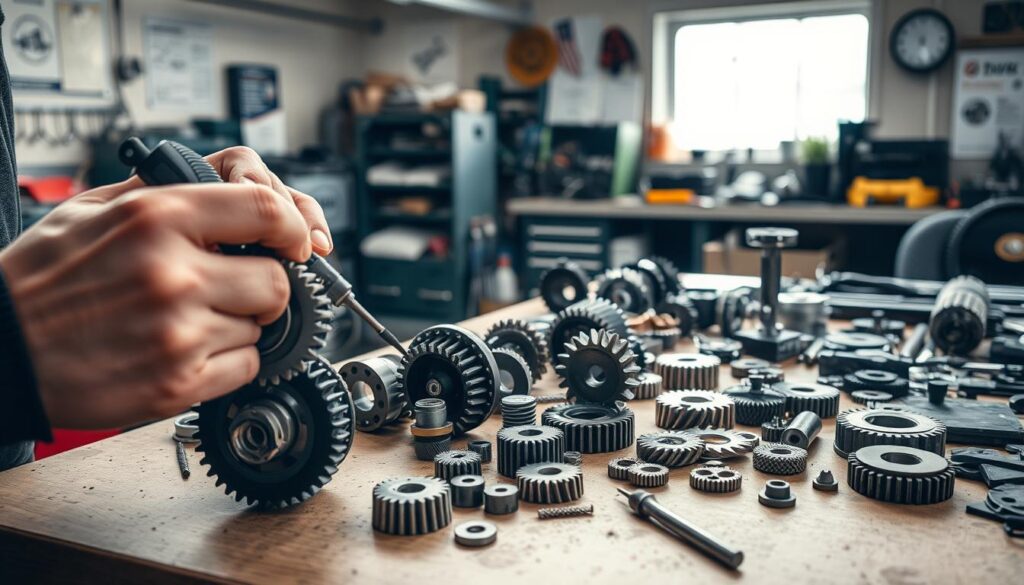
Did you know that nearly 3.8 billion pounds of clothing end up in landfills each year in the United States alone? This staggering statistic highlights the urgent need for sustainable practices in the fashion industry. Enter Patagonia’s groundbreaking Worn Wear initiative, a program that’s redefining how we think about clothing and gear.
Launched in 2012, the Worn Wear program encourages consumers to repair, reuse, and recycle their clothing rather than discarding it. This approach not only reduces the environmental impact of waste but also promotes a culture of sustainability. By extending the life of your gear, you contribute to a circular economy that values quality and longevity over fast fashion.
The initiative aligns perfectly with Patagonia’s long-standing commitment to environmental stewardship. Through Worn Wear, the company offers repair services, clothing swaps, and even an online resale shop. Customers can trade in gently used Patagonia items for store credit, further reducing waste and supporting sustainable practices. This program has already made a significant impact, with thousands of items repaired each year and countless others finding new homes through resale.
By participating in the Worn Wear program, you’re not just extending the life of your clothing—you’re helping to transform well-loved items into storied garments with a rich history. This initiative is more than just a program; it’s a movement toward a more sustainable future. In the following sections, we’ll dive deeper into how you can get involved and make a difference with your own gear.
Discover how Patagonia’s Worn Wear initiative is leading the way in sustainable fashion and how you can be a part of this meaningful movement. Together, we can reduce waste and create a more sustainable future for generations to come. For more insights into sustainable practices and innovative solutions, visit our resource page to explore the latest trends and technologies driving positive change.
Discovering the Patagonia Worn Wear Initiative
Imagine a world where your favorite jacket doesn’t end up in a landfill but continues its journey, telling stories of adventures past and future. This is the vision behind the Worn Wear initiative, a pioneering program by Patagonia that has redefined how we think about clothing and gear.
Overview of the Program and Its Origins
The roots of this innovative program trace back to the 1970s when Patagonia first began emphasizing repair and recycling. Over the years, this commitment evolved into the Worn Wear initiative, officially launched in 2012. The program reflects the brand’s dedication to sustainability and quality, encouraging consumers to repair, reuse, and recycle their gear rather than discarding it.
Central to this effort are Patagonia’s repair services and mobile repair stations, such as the one in Reno, which serve communities across North America. These initiatives not only extend the life of products but also foster a community that values sustainability.
How the Initiative Impacts Fashion Sustainability
The Worn Wear initiative challenges the fast-fashion trend by promoting the value of every product. By focusing on high-quality materials and sustainable production practices, the program has influenced the gear industry to adopt more eco-friendly methods.
According to recent data, the initiative has made a significant impact. In 2023, over 100,000 garments were sold through temporary thrift shops in European cities, with proceeds donated to environmental NGOs. Additionally, keeping clothes in use for just nine months longer can reduce carbon emissions, waste, and water footprint by 20-30% each.
“The Worn Wear initiative is more than a program; it’s a movement towards a circular economy that values longevity over fast fashion.”
Participants in the initiative not only contribute to reducing waste but also become part of a broader shift in consumer mentality, embracing repairability and sustainability.
By being part of this movement, you help transform well-loved items into storied garments with unique histories. For more insights into Patagonia’s sustainable practices, visit their resource page to explore the latest trends and technologies driving positive change.
Gear Repair, Recycling, and Upcycling: Your How-To Guide
Transforming your well-worn gear into something new isn’t just about extending its life—it’s about breathing new life into it. Whether you’re repairing a jacket or upcycling an old shirt, every stitch and every patch tells a story. This guide will walk you through the simple steps to repair, recycle, and upcycle your gear, helping you reduce waste and keep your apparel in use longer.
Step-by-Step Gear Repair Tips
Repairing your gear is easier than you think. Start by assessing the damage. For tears, use a patch kit with fabric that matches your garment’s material. Apply a thin layer of fabric adhesive and press the patch firmly over the tear. Let it dry completely before sewing around the edges for extra durability. For broken zippers or loose threads, a sewing kit with basic supplies like a needle, thread, and scissors will do the trick. Patagonia’s Repair Center offers detailed guides and videos to help you get started.
Recycling and Upcycling: Transforming Old Apparel
When repair isn’t an option, recycling or upcycling can give your gear a new purpose. Consider donating gently used items to local thrift stores or participating in clothing swaps. For items beyond repair, Patagonia’s recycling program accepts worn-out gear, breaking it down into raw materials for new products. If you’re feeling crafty, try upcycling—turn old shirts into reusable cleaning rags or stitch together a unique quilt from fabric scraps. Patagonia’s ReCrafted line, made from retired materials, is a great source of inspiration.
Leveraging Patagonia’s Mobile Repair Stations
Patagonia’s mobile repair stations are a game-changer for extending the life of your gear. These stations travel across Canada, offering free repairs and tips on how to care for your apparel. Bring your worn-out jacket or pants, and the team will fix it on the spot. It’s a convenient way to keep your gear in great condition while learning new repair skills. Find a station near you and join the movement toward a more sustainable wardrobe.
| Repair vs. Replace | Waste Reduction | Carbon Emissions | Water Savings |
|---|---|---|---|
| Repairing a jacket | Reduces landfill waste by 20% | Cuts emissions by 30% | Saves 10 gallons of water |
| Recycling a shirt | Diverts 1 pound of waste | Reduces emissions by 15% | Saves 2.5 gallons of water |
“The most environmentally friendly product is the one you already own.” — Rose Marcario, former CEO of Patagonia
By embracing repair, recycling, and upcycling, you’re not just extending the life of your gear—you’re helping to create a more sustainable future. For more tips on reducing waste and extending the life of your apparel, visit our resource page to explore the latest trends and technologies driving positive change.

Practical Ways to Extend the Life of Your Apparel
Extending the life of your clothing is easier than you think, and it starts with simple, practical steps. Whether you’re repairing a jacket or recycling an old shirt, every effort counts toward a more sustainable future.
DIY Repair Techniques for Your Gear
Repairing your gear at home can be straightforward. For minor tears, use a patch kit that matches your garment’s material. Apply fabric adhesive, press the patch firmly, and let it dry before sewing the edges. For broken zippers or loose threads, a basic sewing kit with a needle, thread, and scissors will work wonders. Patagonia’s Repair Center offers detailed guides and videos to help you get started.
Accessing Local Repair Centers in Canada
Canada offers numerous repair centers that can help extend the life of your gear. Patagonia’s mobile repair stations travel across the country, offering free repairs and tips on caring for your apparel. You can find these stations near you and get your gear fixed while learning new repair skills.

| Repair vs. Replace | Waste Reduction | Carbon Emissions | Water Savings |
|---|---|---|---|
| Repairing a jacket | Reduces landfill waste by 20% | Cuts emissions by 30% | Saves 10 gallons of water |
| Recycling a shirt | Diverts 1 pound of waste | Reduces emissions by 15% | Saves 2.5 gallons of water |
By embracing repair and recycling, you’re contributing to a more sustainable future. Share your tips and success stories to inspire others and help reduce waste together.
Conclusion
Every stitch you repair and every garment you recycle brings us closer to a more sustainable future. The Worn Wear movement, led by Patagonia, has already made a significant impact, with over 120,000 items repurposed and thousands of garments recycled annually. By participating, you’re not just extending the life of your clothing—you’re joining a global effort to reduce waste and lower carbon emissions.
Repairing your gear can save up to 30% in carbon emissions and 10 gallons of water per jacket. Recycling extends these benefits even further, with the potential to cut an individual’s apparel carbon footprint by up to 60%. These small actions add up, creating a meaningful difference for the planet.
Take the next step today. Visit our resource page for tips on repairing, recycling, and upcycling. Remember, every repair and every recycled garment is a step toward a greener, more sustainable world. Together, we can make a difference—one stitch at a time.

 Patagonia’s “Worn Wear” Initiative: Encouraging Sustainability in Fashion
Patagonia’s “Worn Wear” Initiative: Encouraging Sustainability in Fashion
0 Comment